
Parental Care Raising the Next Generation


Parental Care Objectives
-
Provide examples of parental care in animals, including minimal intervention to long-term support.
-
List characteristics of pigs, including parental care, classification, and relationship to humans.
-
Explain the basis and significance of nesting behaviors, including examples of animal nests.
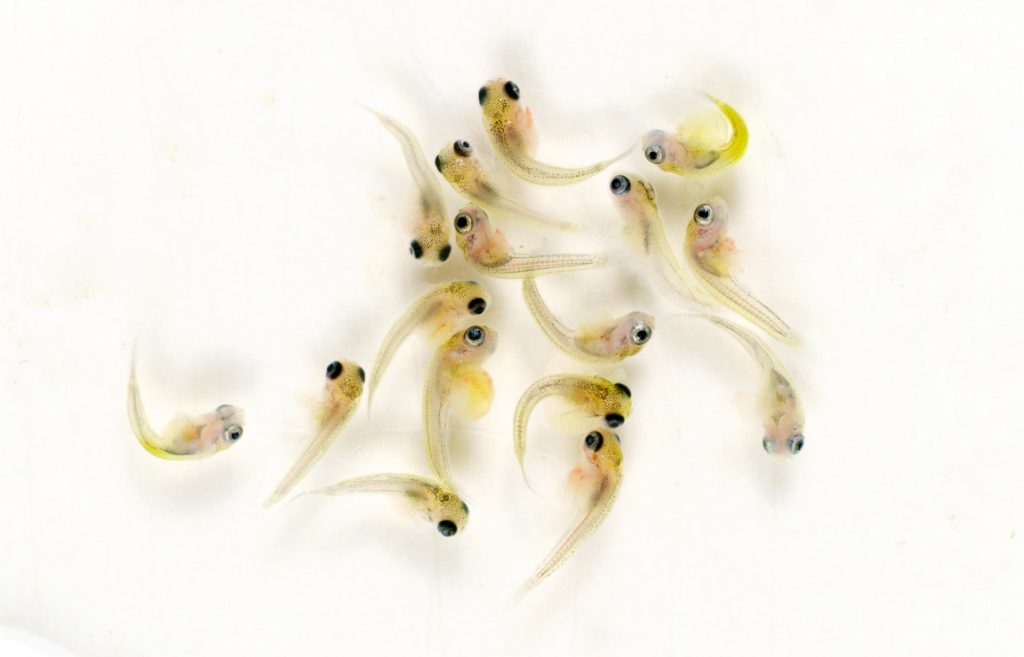
Many animal species have limited parental care. Guppies give live birth, and parents may eat their own fry if hey do not swim away fast enough.
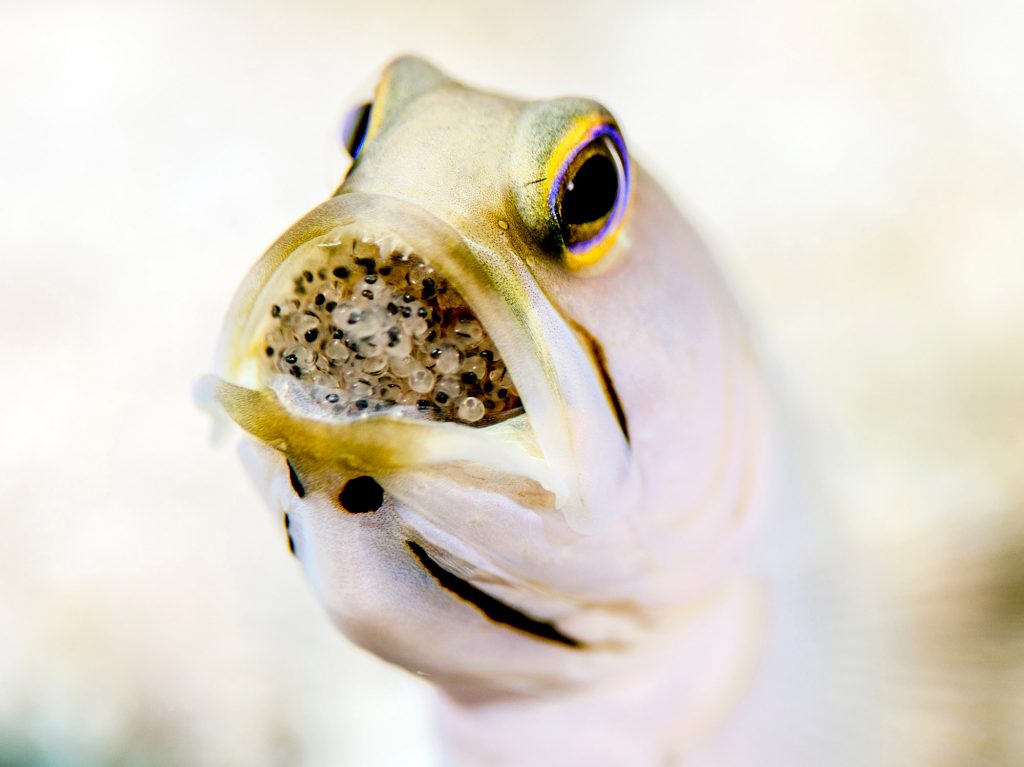
By contrast, some species of mouth-brooding cichlids incubate fertilized eggs in their mouths for protection. Parents do not feed at this time, and can starve, but a large number of their offspring survive.
In an evolutionary sense, the name of the game is passing on alleles to the next generation. Eating some fry to survive and produce more fry may enable the parent guppies to pass on more alleles. Protecting their eggs and fry in their mouths may enable the cichlids to pass on their own alleles.
These are not decisions, these are genetically programmed behaviors that have survived and been passed on.
Let’s take another look at parental care by pigs and boars.
Eurasian Wild Boars
(Sus scrofa)
The ancestors of domestic pigs
There are approximately one billion domesticated pigs on earth today, as well as their ancestral species, the wild boar.
Female pigs (sows) dig a nest, called a farrow, in the ground right before giving birth. The nesting behavior has been linked to a specific gene that increasing specific behaviors including clawing the ground and collecting grasses to line the nest.
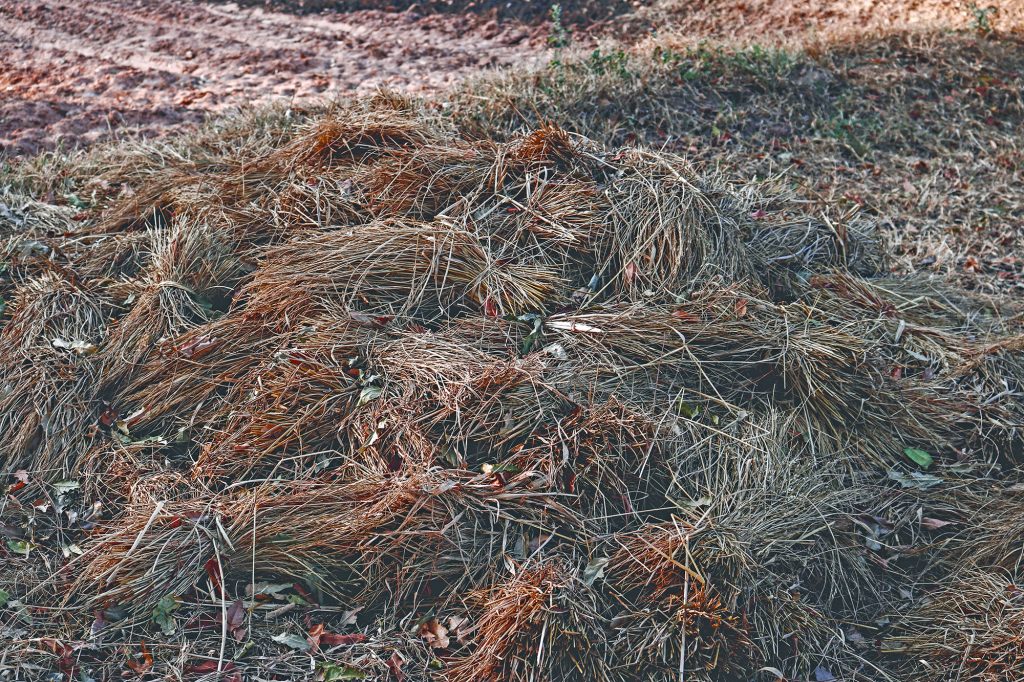
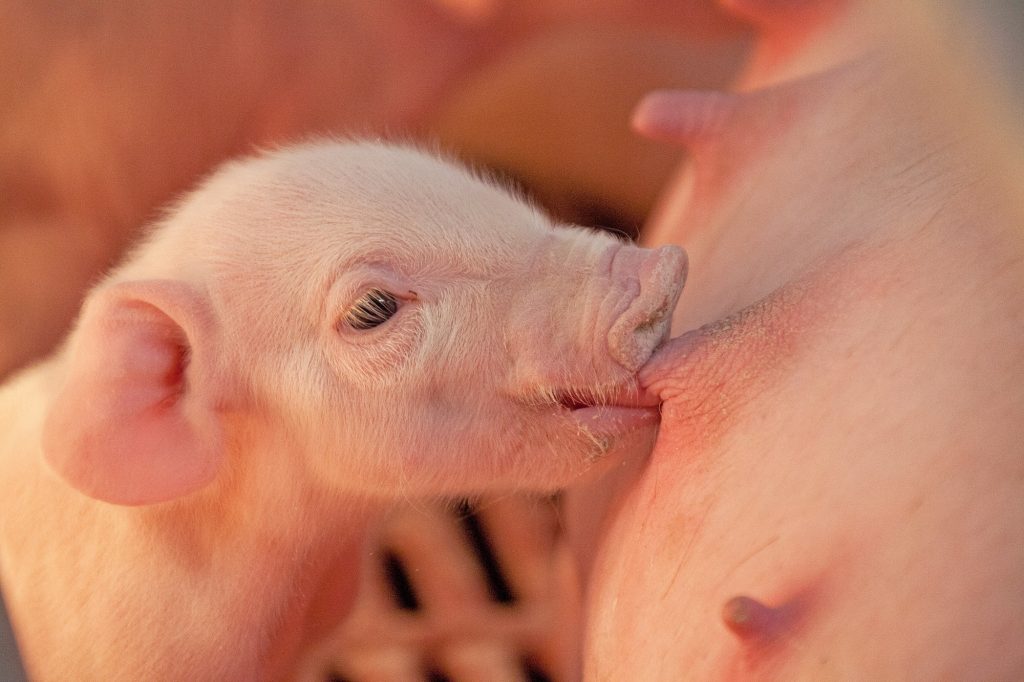
Piglets have a complex suckling behavior and nurse about every hour for four weeks, decreasing feeding frequency until they are weaned at four months.
Pigs are even-toed ungulates with a large head and long snout that is supported by a special bone and round disc of firm cartilage at the tip. Pigs use their strong sense of smell to locate food. In European countries, pigs are used to find truffles.
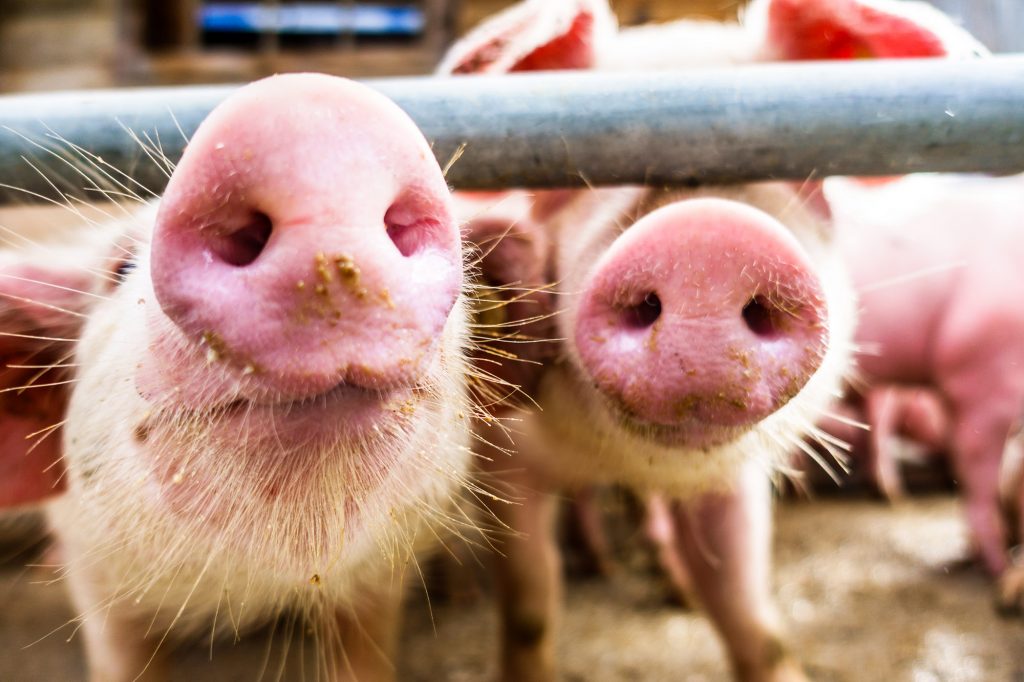
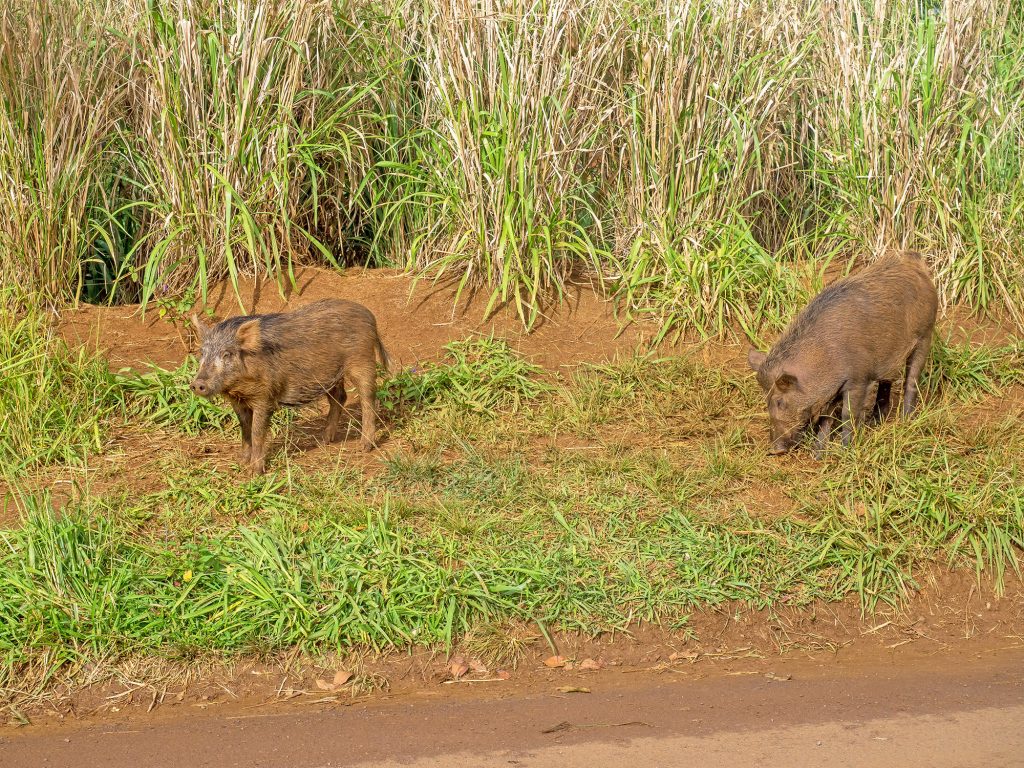
Pigs are omnivores and can eat a wide range of foods, making them relatively easy to raise. This flexible diet has also enabled feral pigs to invade habitats, including remote areas like the Hawaiian Islands.
Pigs are largely raised as a source of meat (pork), as a source of skin (leather), and for their hair (brush bristles).
Artificial selection has produced a variety of pig breeds with diverse sizes, shapes, colors, and behaviors.
Pigs are genetically similar to humans and are used as research organisms. Their skin is structured like human skin, and used to test products and medical treatments.
Researchers using new gene editing technologies have spiced human genes into pig chromosomes, producing pig embryos with human cells. At some point pigs may grow human organs that would be a source for transplants (xenotransplantation).
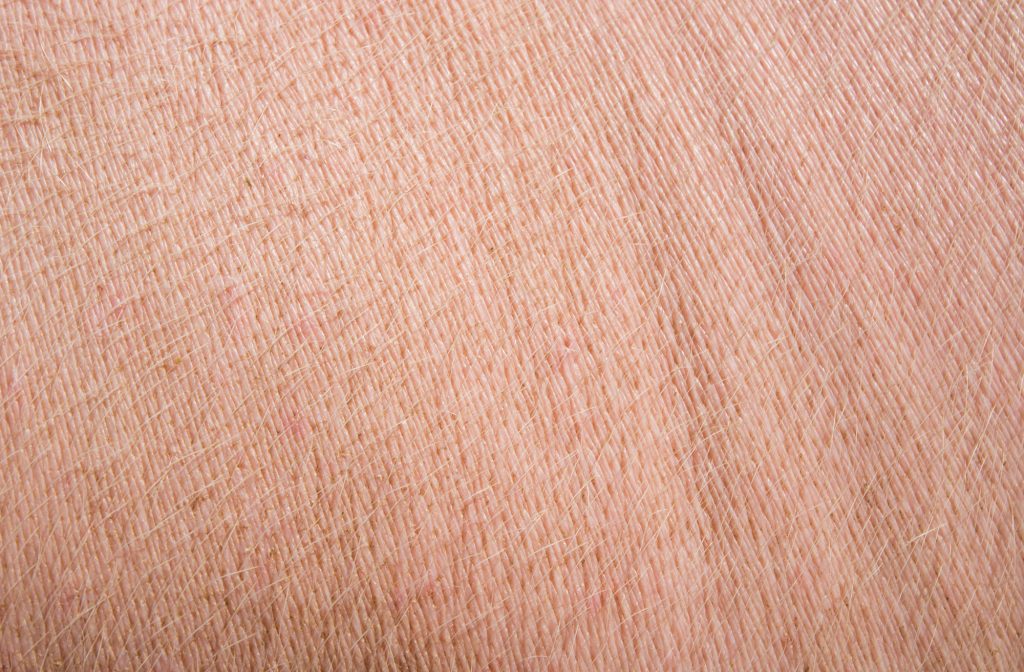
In many species, like these ducks, parental care is critical in offspring learning specific behaviors like finding food or mating.
Madagascar Hissing cockroaches typically give live birth, and sometimes the females extrude and then retract the egg sack before the nymphs emerge. The reason is not clear, but may have something to do with drying the sack before the nymphs come out. The juvenile cockroaches then stay with the adult females for months as they grow.
It is easy to focus on DNA and its genes impacting structures and behaviors. However, parental care and environmental factors also impact phenotypes.
Nesting
Nests provide shelter from the elements and protect eggs and young animals. Nest-building can be time-consuming and energy expensive for the parents, but increases reproductive success.
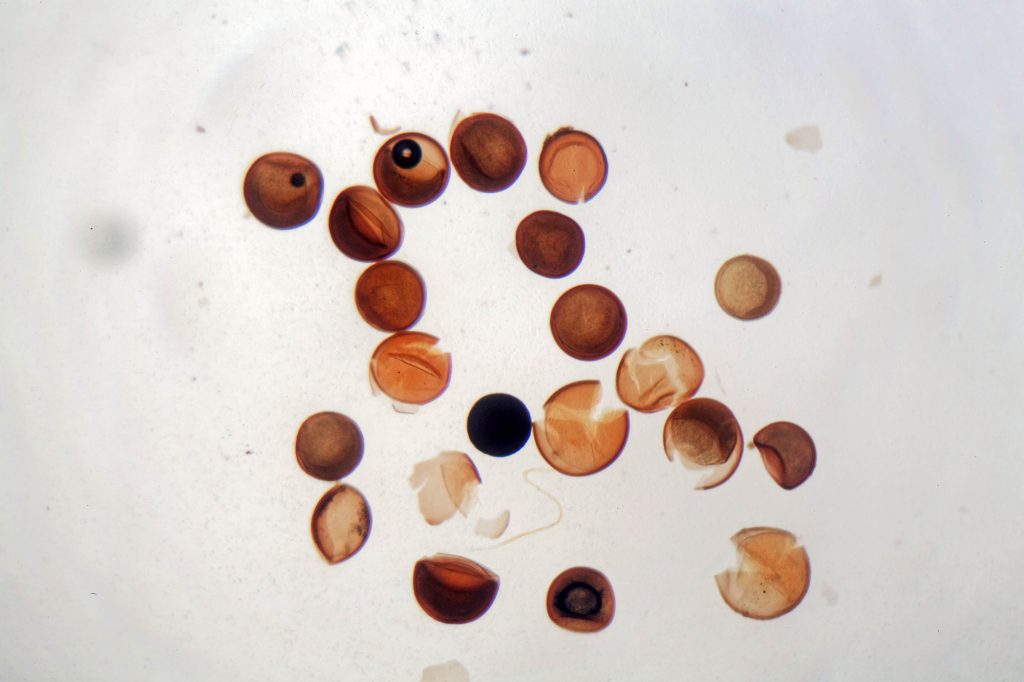
Many animal species do not build nests to protect eggs, instead they disperse large numbers of small eggs into their habitat.
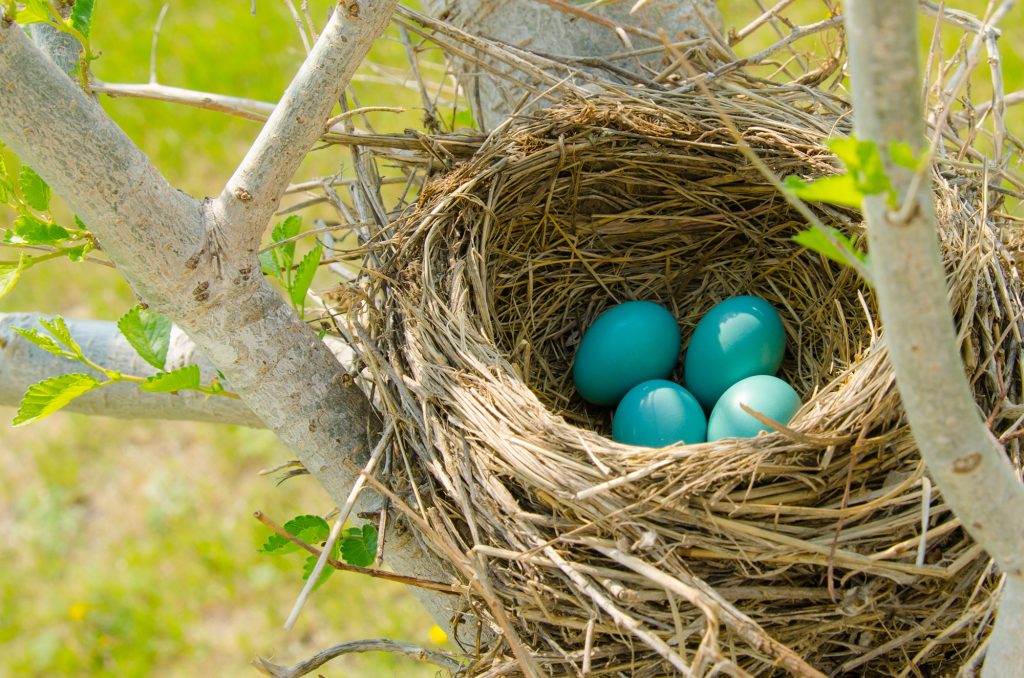
Nest building is time and resource expensive, but increases the probability of individual egg survival, and often correlates with a smaller number of large eggs.
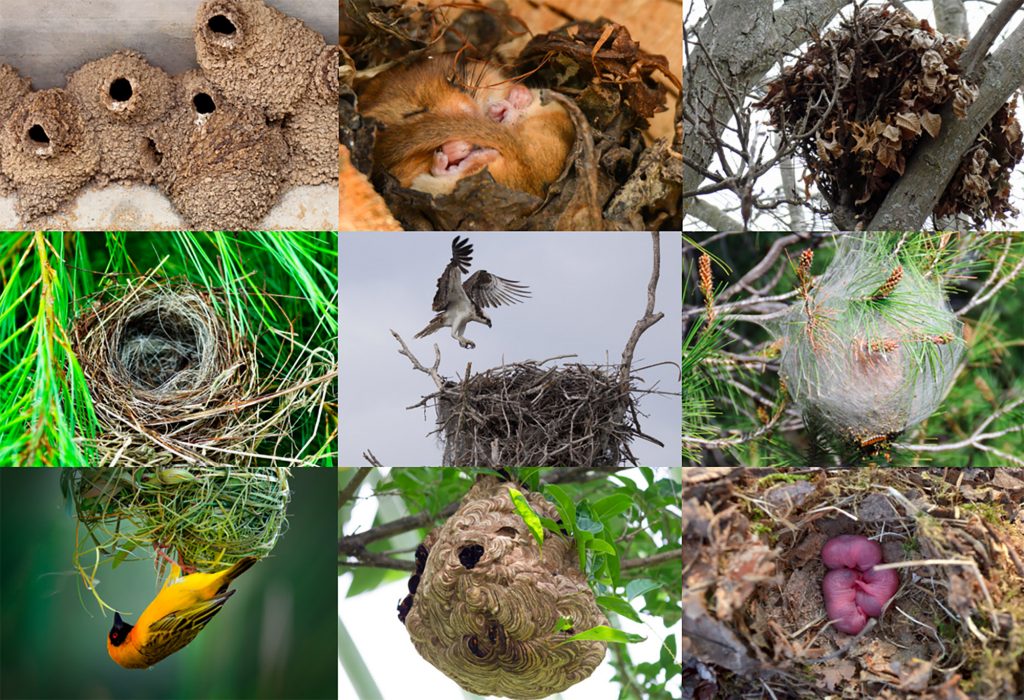
Nests are built from a range of materials, including leaves, silk, hair, paper, and mud. Some of the materials resist wind and rain, or contain chemicals that deter parasites.
Birds make the greatest variety of nests of any animal group. Shapes, sizes, and materials can be used to determine which species built the nest.
Nest building is largely genetically programmed; including the overall structure and materials used. However, long-lived species can improve nest construction with repeated efforts.
Barn swallow (Hirundo rustica) nests have a characteristic half-cup shape, made of grasses attached with mud to a high surface with overhead protection. This nesting behavior has enabled them to survive in areas with human-constructed buildings.
This is a museum exhibit comparing nests from Oregon coastal bird species.
The way to get the most out of exhibits like these is to dive in and interact with them; some can contain memorable information.
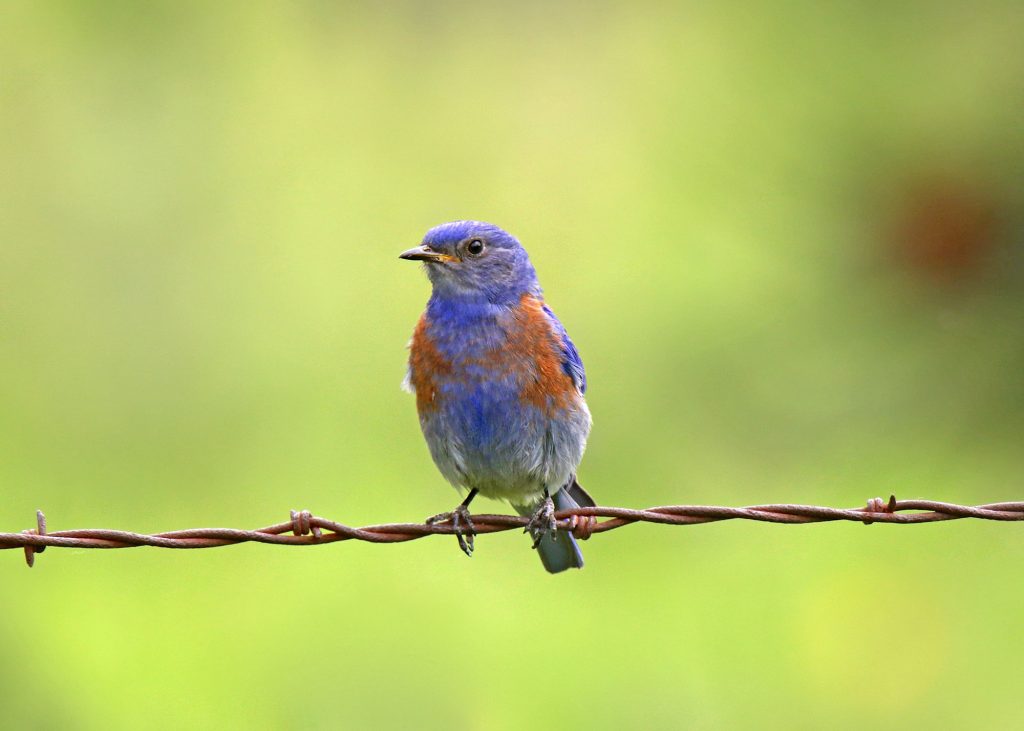
Nest boxes can increase the reproductive success of birds that have reduced nesting territory.
In the Willamette Valley of Oregon, corridors of bluebird houses are used to support the declining population of western bluebirds.
Bird houses have particular sizes and shapes to attract specific bird species and keep nestlings contained when young, but able to climb out when they are ready to fly.
Materials are important to reduce fume emissions, fungal growth, and over-exposure to the elements. Decorated (novelty) birdhouses are generally not suited for bird use.
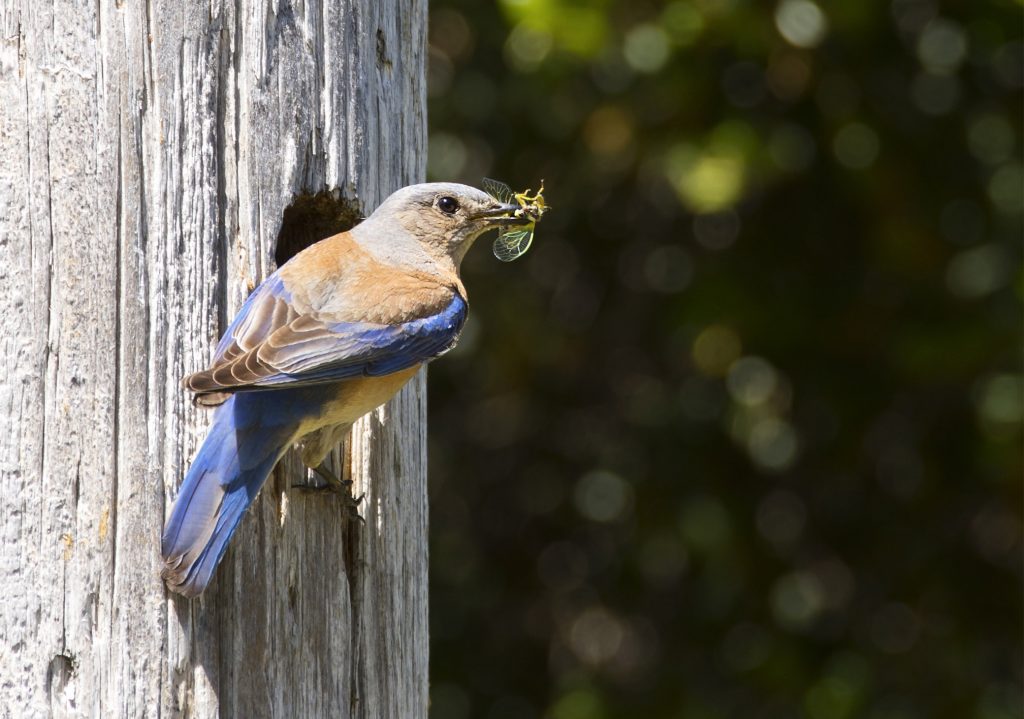
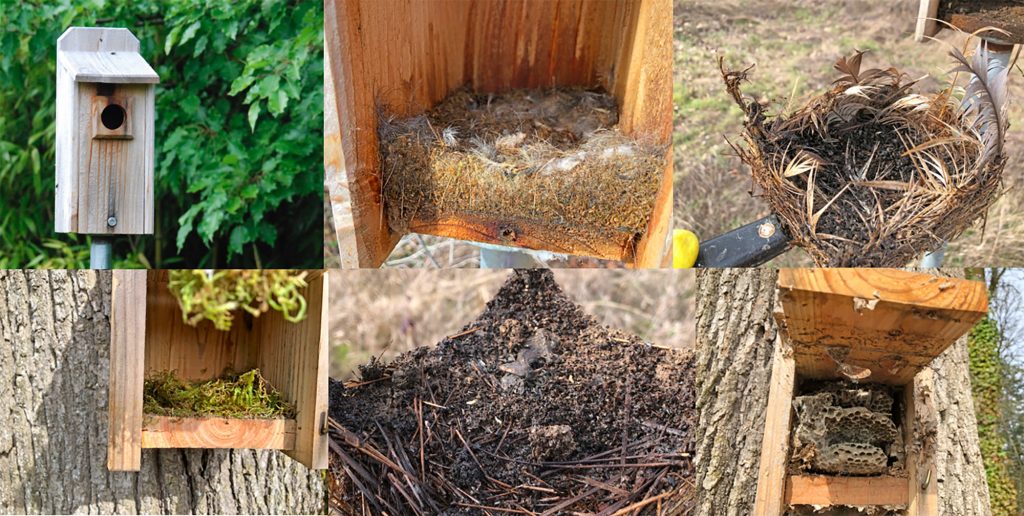
We can fit six properly spaced and oriented (away from the wind) bluebird houses in our field, although the nests suggest they were occupied by chickadees, martins, and hornets this past summer.
Most birds do not reuse their nests, and parasites like fly larvae (maggots), tics, and mites can linger in old nests. This video demonstrates basic nest box cleaning.
Insects can also build webs, including some Lepidoteran (butterfly and moth) larvae.
We will save the impressive Hymenopteran (bee, wasp, ant, termite) nests for a later guide.
Many rodents build nests. Our male rats are collecting nesting materials in this video. Male rats do not generally participate in parental care to the degree of female rats, but they do construct and sleep in nests.
The next section provides an overview of mammals and a closer look at generational pedigrees.

Check your knowledge. Can you:
-
provide examples of parental care in animals, including minimal intervention to long-term support?
-
list characteristics of pigs, including parental care, classification, and relationship to humans?
-
explain the basis and significance of nesting behaviors, including examples of animal nests?



